

Monasteries of Wadi Al Natrun
The monasteries of Wadi El-Natroun are among the most important cities in which the Holy Family took shelter during their visit to Egypt.
Wadi Al Natrun
Wadi Natrun follow the Egyptian city of Beheira Governorate. It is located on the northeastern outskirts of the Egyptian Western Desert, approximately halfway through the desert road linking Cairo and Alexandria, Egypt's second-largest city, has many reasons to be famous. Alexandria . Facing Sadat City. Wadi El-Natroun had a great status in the Pharaonic era for extracting natron salt used in mummifying the dead. It also acquired the status of sanctification in Christianity due to the Holy Family passing through it. The area was known by several names, the most famous of which are: Salt Field, Shehit, Al-Isqit, and Hooker’s Well.

The Monasteries of Wadi Al Natrun
The monasteries of Wadi El-Natrun are among the most important cities in which the Holy Family took shelter during their visit to Egypt, and in which monasticism appeared throughout the ages. Copts became keen to visit the monasteries of Wadi El-Natrun to pray, and to visit the ancient churches in the monasteries of Wadi El-Natrun.
After the visit of the Holy Family to the Wadi El-Natrun desert, that area became full of monasteries full of monks. There are four monasteries in Wadi El-Natrun in which monastic life was established since the fourth and fifth centuries AD. There is The Monastery of Saint Bishoy, Syrian Monastery, Monastery of Al-Baramus and St. Macarius Monastery.

Monasteries of Wadi al-Natroun
-Mary's well:
Al-Hamra is a village situated in Wadi Al-Natrun, approximately 26 km away from the desert road connecting Cairo and
Alexandria, Egypt's second-largest city, has many reasons to be famous. Alexandria
. on their way to Wadi Al-Natrun, the Holy Family passed through this desert village, where the young Jesus miraculously opened a well in the ground. This well, known as "Bir Mariam" or "Mary's well," is found amidst lakes filled with natron salt. Although the well had been neglected for a long time, it is currently undergoing restoration.

Monastery of Saint Bishoy
The Monastery of Saint Pishoy in Wadi El Natrun, Beheira Governorate, Egypt, It is the easternmost of the four current monasteries of Wadi el Natrun. This monastery is attributed to Anba Bishoy, who was a student of Anba Makar the Great. He established it under his leadership of a group of monks in the late fourth century AD. Its area is about two acres, and it includes five churches, the largest of which is “Anba Bishoy’s Church.” It is the largest of the churches in Wadi El-Natroun, next to a hospitality building, a spacious garden, a library, the archaeological table, and the Well of the Martyrs, in addition to many cells in which the monks live.
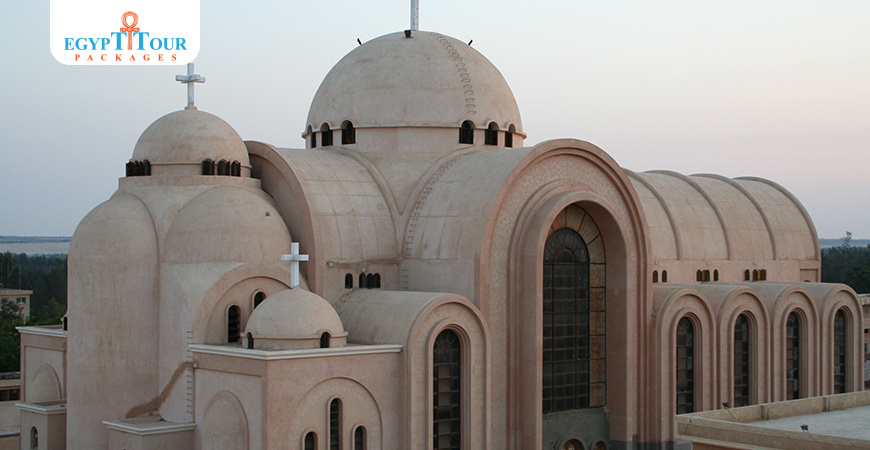
Syrian Monastery
The Monastery of Saint Mary El-Sourian is a Coptic Orthodox monastery located in Wadi El Natrun in the Nitrian Desert, Beheira Governorate, Egypt. It is located about 500 meters northwest of the Monastery of Saint Pishoy. The monastery is dedicated to the Virgin Mary and carries her name. It is the smallest monastery in the Wadi El-Natroun region at all. Its archaeological area is about one acre and 13 carats. It is located between the Monastery of Anba Makar and the Monastery of Al-Baramous. It was founded by Syrian monks in the sixth century AD. The monastery is famous for the presence of the original cell in which Bishop Bishoy used to retreat.

Monastery of Al-Baramus
Paromeos Monastery, also known as Baramos Monastery, is a Coptic Orthodox monastery located in Wadi El Natrun in the Nitrian Desert, Beheira Governorate, Egypt. It is the most northern among the four current monasteries of Scetis, situated around 9 km northeast of the Monastery of Saint Pishoy.
This monastery is attributed to the Virgin Mary, Maximus, and Domadeus the Roman, and the word “paramos” means “the one who belongs to the Romans,” and it was founded in the sixth century AD.
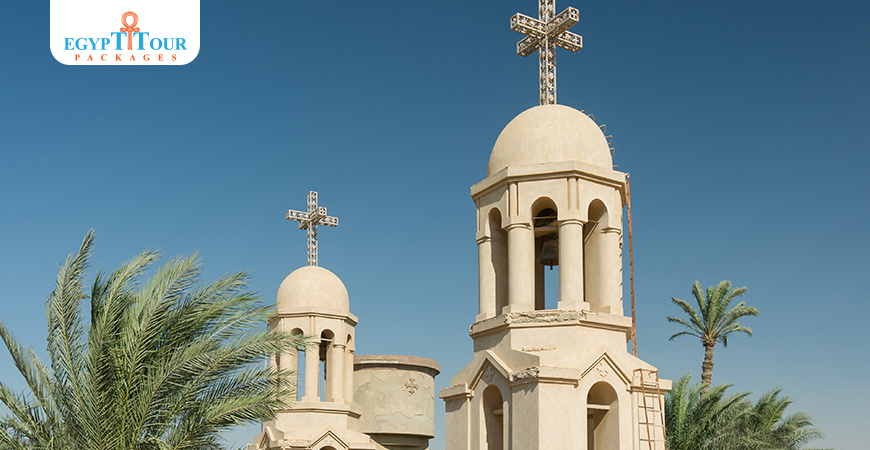
St. Macarius Monastery
The Monastery of Saint Macarius The Great also known as Dayr Aba Maqar is a Coptic Orthodox monastery located in Wadi El Natrun, Beheira Governorate, about 92 km north-west of Cairo, and off the highway between Cairo and Alexandria, Egypt's second-largest city, has many reasons to be famous. Alexandria .
This monastery is attributed to Anba Maqar the Great, a student of Anba Anthony the Great, the founder of Christian monasticism. As a result, Makar the Great became a monk and secluded himself in the Wadi El-Natroun desert. He began establishing his hermitage, most likely in the last third of the fourth century AD.

The Journey of the Holy Family
Visiting the monasteries in Wadi Al Natrun is a very interesting experience, seeing a lot of historic churches with amazing wall frescoes with their old vivid colors and learn about the rich Coptic heritage, highly recommended.
Now you can Book a trip with us to visit the places where the Holy Family crossed in Egypt. Among these places The monasteries of Wadi El-Natroun are among the most important cities in which the Holy Family took shelter during their visit to Egypt. The Monasteries of Wadi Al Natrun .
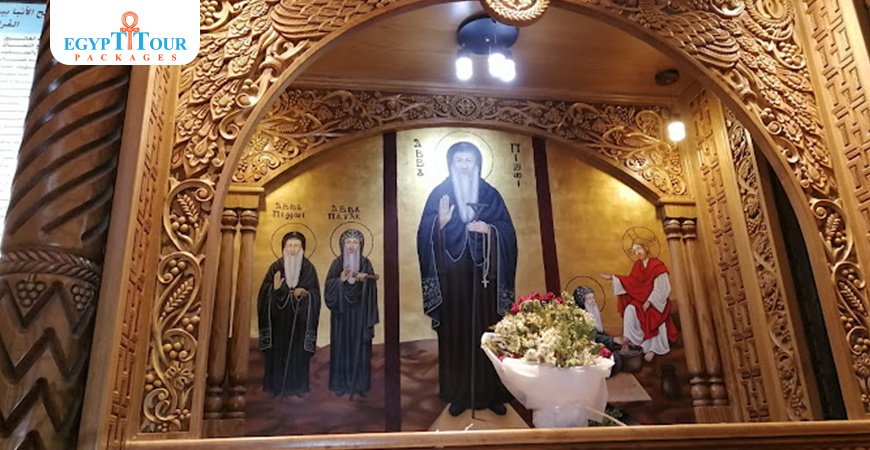
Post A Comment
Your Email Address Will Not Be Published.


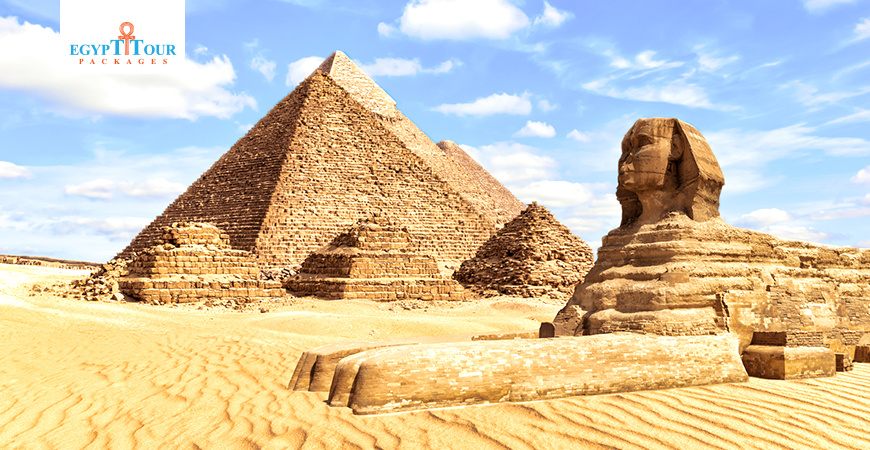

















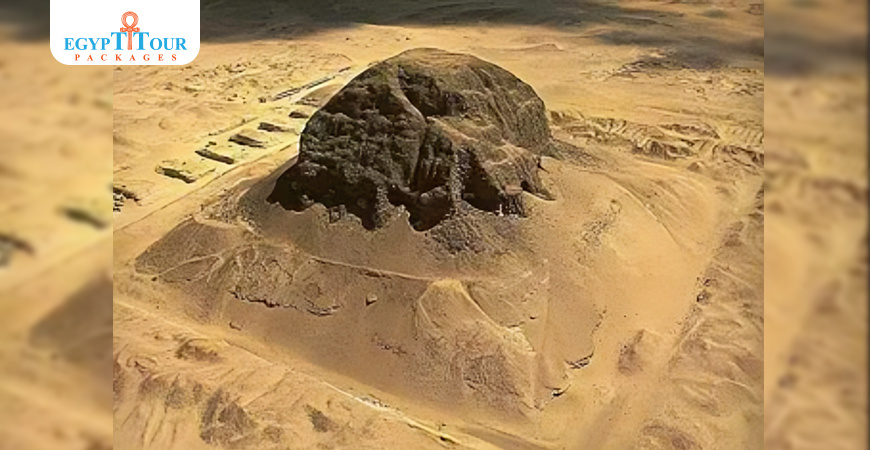





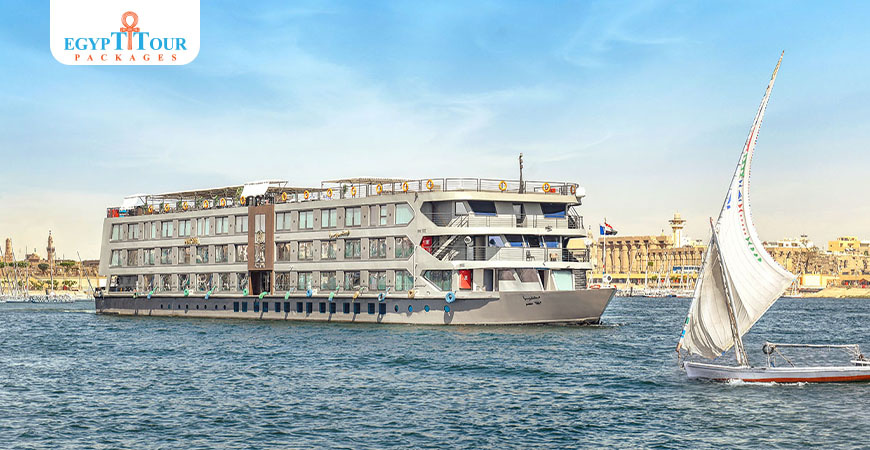































0 Comments